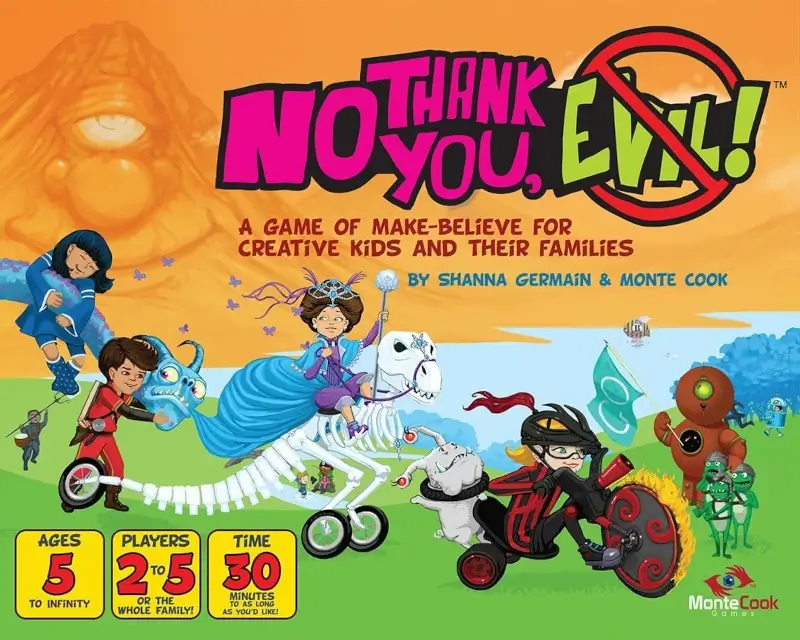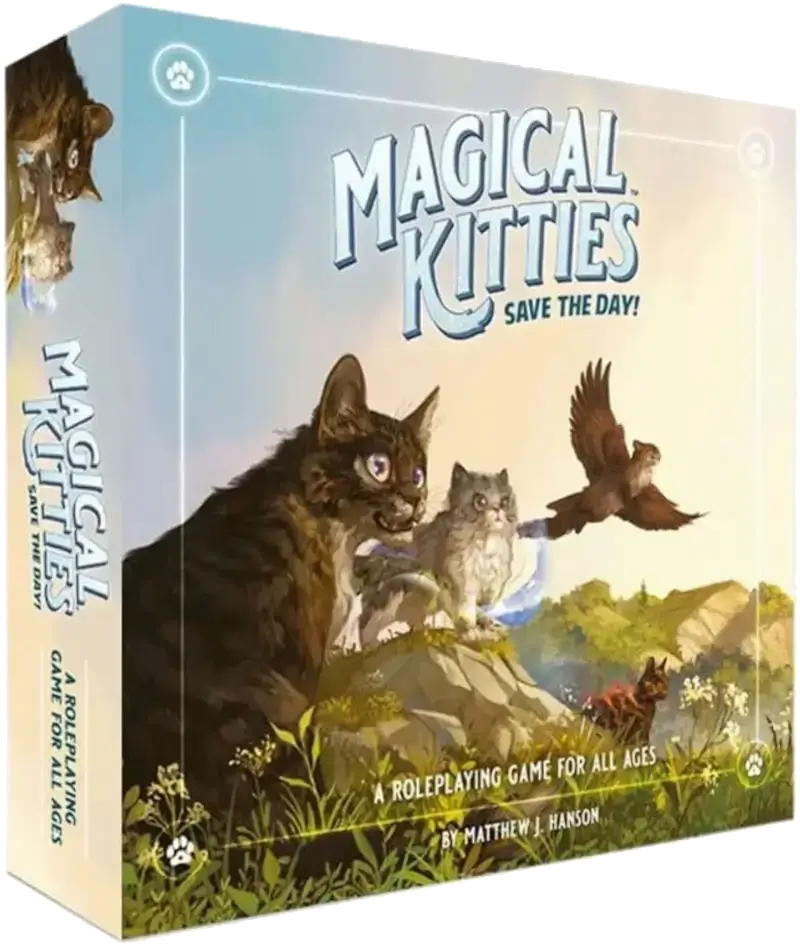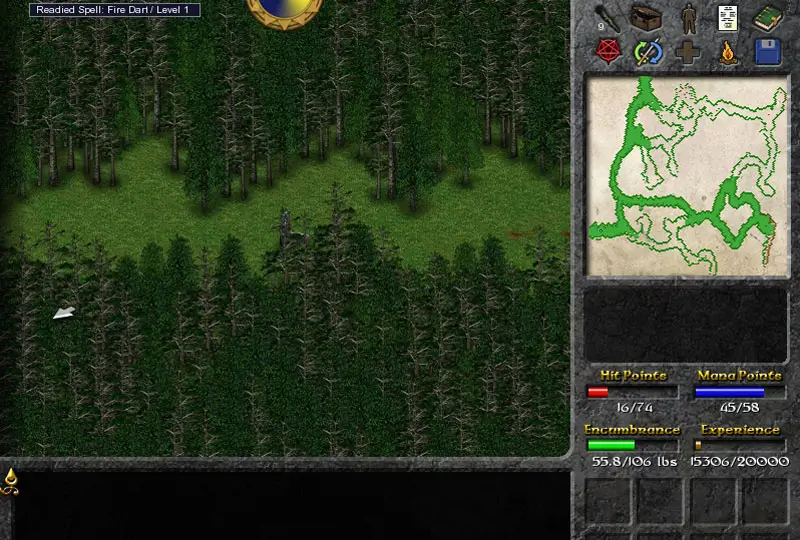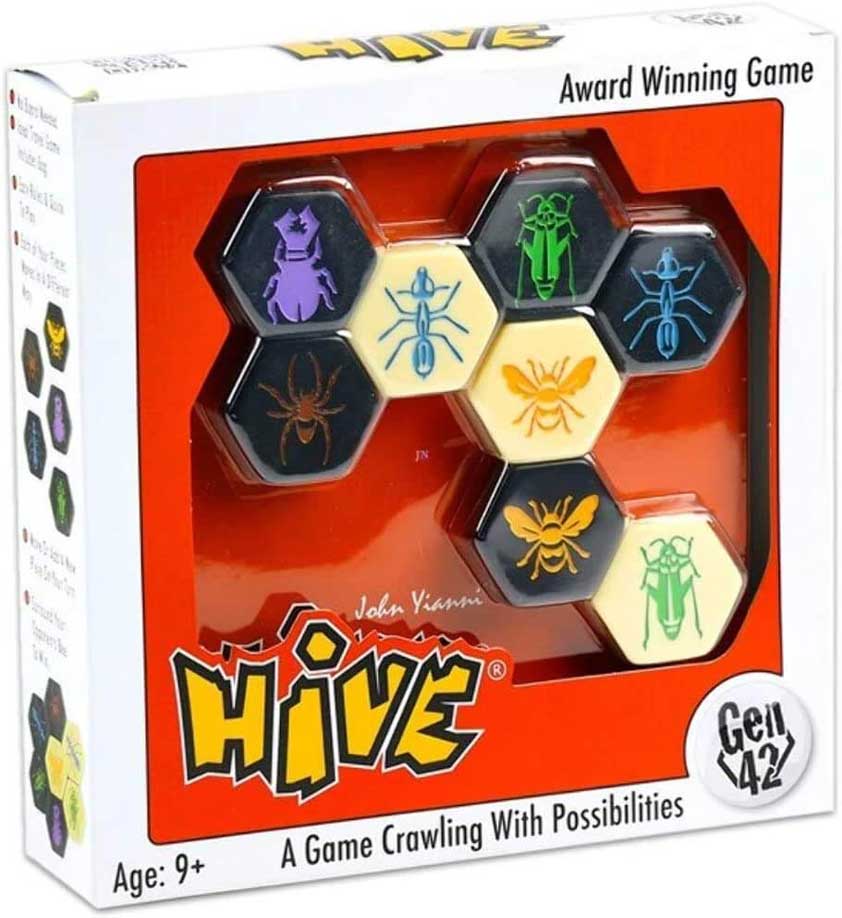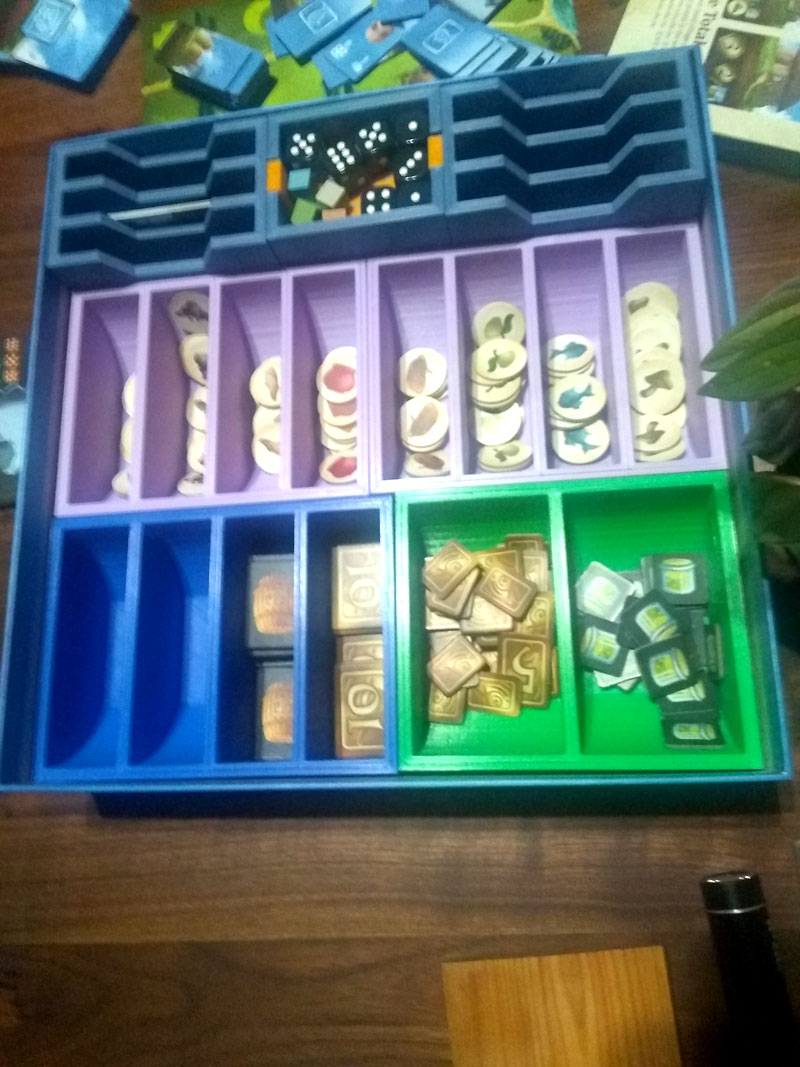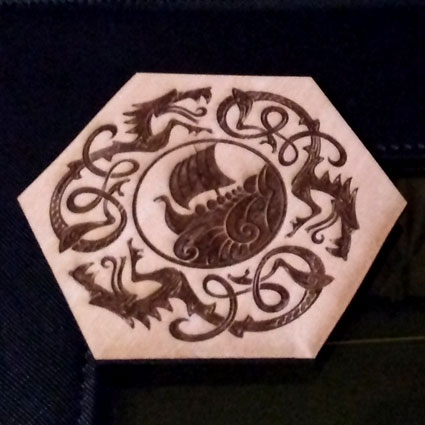The other day I decided to boot up Steam and look for an old school RPG. It’s been a while, and I was in the mood.
Finding one was easy.
The hard part is Steam itself. You see, at some point in the past, they let someone sign up with my email address, so I never quite know my username. They went with something like “awesomegamer484” or some nonsense, so I’m stuck with it.
In any case, had to do the lost password thing, which if you’ve never done it from the app, is like punching yourself in the face. They use Google Captcha, which doesn’t work right from an app, you end selecting all the squares with motorcycles for about seven hours until they won’t let you try anymore.
Then you go to the website, and it works fine, and you do punch yourself in the face.
So, logged in as embarrassingusername484, I checked out a couple of free RPGs.
Moonring is the first I tried. It’s a lot like the Ultima series (Gen X knows what I’m talking about) which is what I was originally looking for, but after playing for a while, I decided to try Eschalon: Book 1.
Nice! I was looking for simple, turn-based role-playing that wouldn’t overload me with seizure inducing animation and flashing spell effects. I enjoy character building, and this is that.
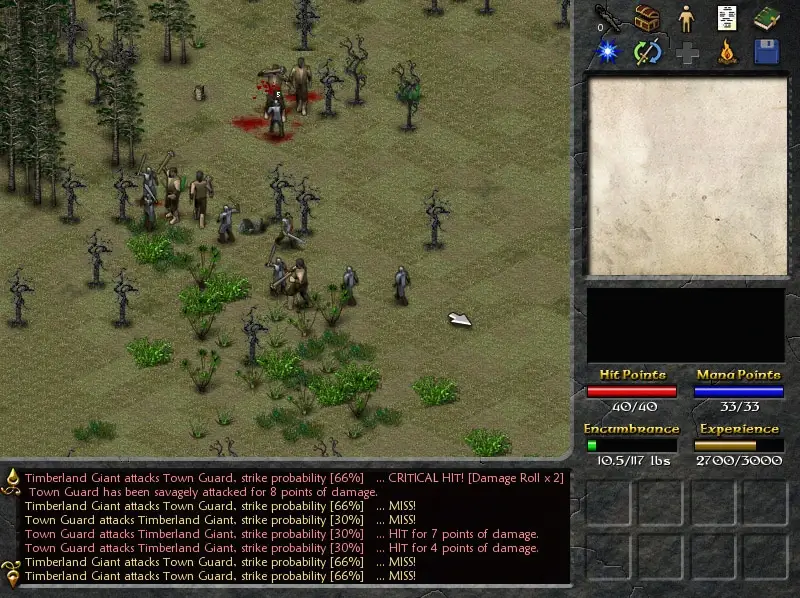
Wait, giants? I have a lot of leveling up to do…
I’m currently on my second character, as I didn’t know what I didn’t know when making my first, and made some mistakes.
First, the skills. I did not know how important picking locks would be. You can bash by holding shift and attacking doors and chests, but you’ll break weapons. Lock picks aren’t cheap, and they can break too, but I prefer lock picks to endless bashing with a cheap stone axe.
Cartography was another. Auto-mapping requires cartography, and it helps in the sprawling dungeons.
Mercantile helps a bit with buying and selling, but I’m not 100% sure if I’d pick it again. The difference when buying and selling is pretty small. Maybe it adds up a lot with higher skill levels.
I went with Heavy Armor skill, but light might have been a better choice to start, because it’s more available.
I also went with Elemental Magic, but at lvl 3, I still can’t afford a scroll to learn a spell (I’m close, but I bought armor first).
A couple of tips:
Don’t buy armor you don’t have the skill for.
A PDF of the manual will be in your install folder. It’s worth a look, but wish it was more detailed.
You can take torches off the wall in dungeons, but save that until you’ve cleared the dungeon. Leaving them in place they won’t burn out, and they give you lit up areas to lure monsters into where you can put your torch away freeing up a hand to use a shield or bow.
I’m still working on the Amulet and Mithril Bar quests. I’m up to the walking dead in the crypt, and don’t have a plan for them yet other than get stronger, and hopefully get some magic.
The noximanders in the wine cellar (mithril bar) were a pain because I didn’t leave enough torches in place and had to lure them (one at a time) through a bunch of dark hallways to find light. You definitely want to use ranged weapons if you can. Their bite can cause poison, which will wreck your day.
You won’t be able to complete the dungeons in a single try, so be prepared to make progress, save, camp, restock, explore above ground for XP, level up, and keep chipping away.
Eschalon: Book 1 is free to play, and fun. It’s exactly what I was looking for.
Book 2 is $5.99 and Book 3 is $9.99. There is also a Book 1 Demo that is free, but with the full game also free, might as well grab the full version.
Enjoy!
Follow up: Both the mithril bar and amulet quests complete!
I had one remaining noximander for the mithril bar quest, but after that it was looting and leveling, and buying scrolls.
Once I had Gravedigger’s Flame (for light) and Flame Dart (for accurate ranged attack), I took on the walking dead.
I took two passes at it, because even though I beat them on try one, the last one diseased me, which made regenerating HP and mana really slow. There are a bunch of slimes after, so slow regen is not ideal.
On the second go I made sure the right-hand dead guy was away from the door before opening, and let loose with flame darts.
When it got near, I retreated around the room, firing shots when I had space. The second entered the room early, so I had to keep them both at a distance. Because the room is lit, I could switch to my bow when drained of mana. It took a while, and they got a few hits in, but I was largely unscathed (and no disease!).
The fungal slimes (NW) were a pain in the neck, but I lured them out one at a time to the lit room where I could dim my torch and fight. They have range too, so it was a drawn out affair.
Suffice to say, Air Shield was the first scroll I bought upon coming out the other side.
Once the slimes were dead, the loot was pretty good.
After looting, SW is all that’s left. Skip the first switch until you’ve looted further along (got that from a walkthrough that uses N, S, E, and W for NW, SE, NE, and SW (as if that’s at all helpful).
In any case, first quest and side quest down.
